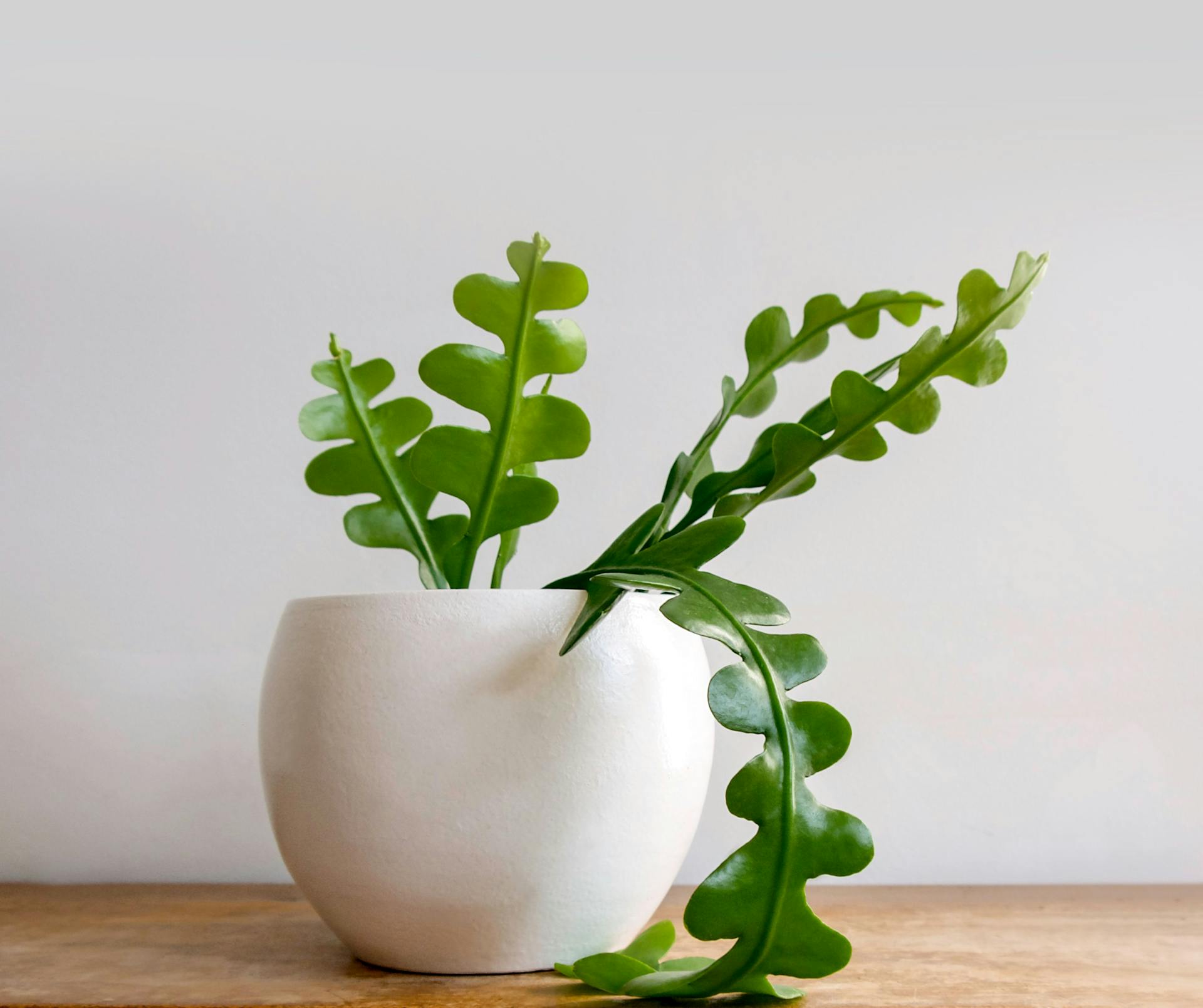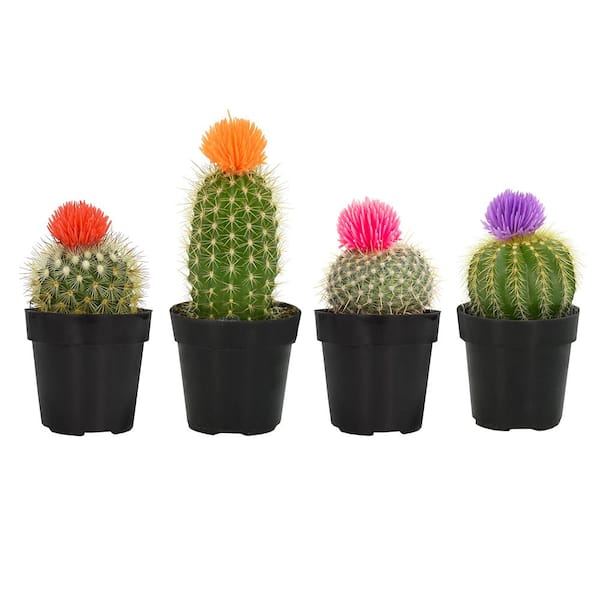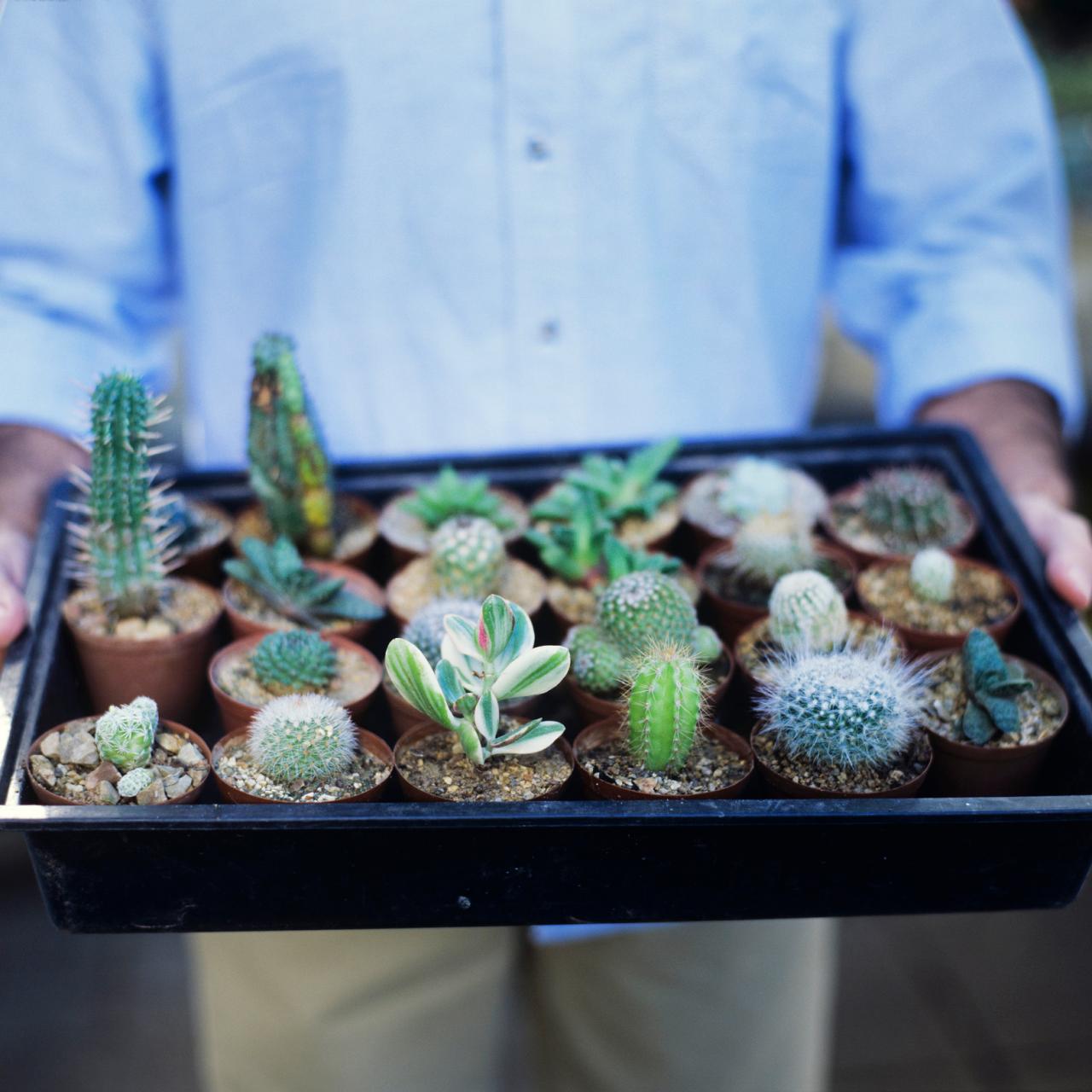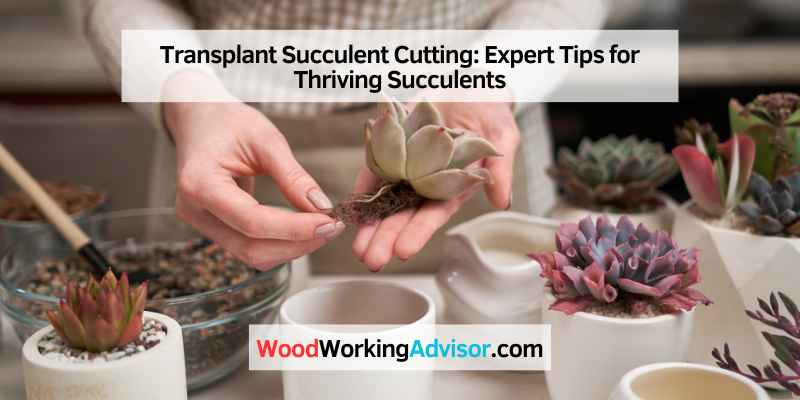To transplant a succulent cutting, gently remove it from the soil and plant it in well-draining potting mix. Ensure the cutting has calloused over before planting it.
Succulents are popular plants known for their low maintenance and unique beauty. Transplanting a succulent cutting is a simple process that allows you to propagate new plants from existing ones. By following the right steps, you can increase your succulent collection and enjoy watching your cuttings grow into thriving plants.
We will guide you on how to successfully transplant a succulent cutting, ensuring its health and growth. Get ready to expand your succulent garden with these easy-to-follow instructions for transplanting succulent cuttings.

Credit: plnts.com
Choosing The Right Cutting
Transplanting succulents can be a rewarding experience for plant enthusiasts. However, ensuring that you choose the right cutting is crucial for the successful propagation of your plants. By selecting a healthy parent plant and identifying the best stem for cutting, you can set yourself up for success in growing new succulents.
Selecting A Healthy Parent Plant
To start the process of transplanting succulent cuttings, begin by choosing a healthy parent plant. Look for a plant that is thriving, with vibrant colors and firm leaves. Avoid plants that show signs of damage, disease, or wilting.`
Identifying The Best Stem For Cutting
When selecting a stem for cutting, opt for one that is mature and healthy. Look for a stem that is firm, plump, and free from any signs of rot or damage. Ensure that the stem has a clean cut, preferably using sharp sterilized shears to prevent infection.`
Preparing The Cutting
To ensure success, let the cutting dry for a few days to develop a callus.
Opt for well-draining soil with sand and perlite for your succulent cuttings.
Planting And Care
Plants have the incredible ability to thrive and spread, particularly in the case of succulents. When it comes to transplanting succulent cuttings, it’s crucial to understand the proper planting and care techniques to ensure their successful growth. Following these plant care guidelines will help your succulent cutting flourish in its new environment.
Planting The Cutting In The Soil
To plant the succulent cutting, prepare a well-draining potting mix by combining cactus soil with perlite or coarse sand. Gently position the cutting into the soil, ensuring the calloused end is placed securely in the mix. Avoid overwatering and allow the soil to dry before the next watering session to prevent rot. Additionally, ensure that the container has drainage holes to prevent waterlogging.
Providing Adequate Sunlight And Watering
For the optimal growth of the succulent cutting, place the container in an area that receives ample sunlight. Maintain a watering schedule, ensuring the soil is thoroughly moistened but not waterlogged. Remember, succulents are highly sensitive to overwatering, so continue to monitor the moisture levels. Consistently water when the soil is dry, adjusting the frequency according to the environmental conditions and the plant’s specific requirements.

Credit: www.homedepot.com
Avoiding Common Mistakes
Avoiding common mistakes is crucial when it comes to transplanting succulent cuttings. By understanding and avoiding these mistakes, you can ensure the successful growth and development of your new succulent plant.
Overwatering The Cutting
One common mistake is overwatering the cutting. Succulent cuttings are vulnerable to rot if they are exposed to too much water. It’s important to remember that succulents store water in their leaves, which allows them to survive in arid conditions. Overwatering can lead to root rot and ultimately kill the cutting.
To avoid overwatering, it’s essential to let the cut end dry out before planting. This helps to prevent excess moisture in the soil and allows the cutting to establish its root system. Additionally, it’s important to resist the temptation to water the cutting too frequently. Succulents thrive in dry conditions and only require watering when the soil has completely dried out.
Exposing The Cutting To Direct Sunlight Too Soon
Another mistake to avoid is exposing the cutting to direct sunlight too soon. While succulents are known for their love of sunlight, newly transplanted cuttings need time to adjust to their new environment. Direct sunlight can cause sunburn and damage the delicate leaves of the cutting.
Instead, it’s recommended to gradually introduce the cutting to sunlight. Start by placing it in a location with filtered or indirect sunlight and gradually increase the exposure over time. This allows the cutting to acclimate to the intensity of the sun and reduces the risk of sunburn.
By avoiding these common mistakes, you can give your transplant succulent cuttings the best chance at thriving and growing into healthy, beautiful plants.
Troubleshooting
Transplanting succulent cuttings can be a rewarding and fun way to propagate new plants. However, sometimes issues can arise during this process. In this section, we will address two common problems and provide solutions to help you successfully navigate any challenges you may encounter: dealing with root rot and reviving a drooping cutting.
Dealing With Root Rot
Root rot is a common issue that can occur when succulent cuttings are overwatered or planted in soil that does not provide adequate drainage. To diagnose root rot, look for signs of mushy, blackened, or rotting roots. If you encounter root rot, follow these steps to address the problem:
- Remove the affected leaves: Carefully trim away any damaged or rotting leaves using sterilized scissors or a sharp knife. This will help prevent further spread of the rot.
- Air out the cutting: Allow the cutting to dry out for a day or two in a warm, well-ventilated area. This will help the wound heal and prevent the rot from spreading.
- Provide proper drainage: Ensure that the potting mix you are using has enough grit or perlite to allow excess water to flow through. Repot the cutting in fresh, well-draining soil and resist the urge to overwater.
- Adjust watering habits: Going forward, water the succulent sparingly, allowing the soil to completely dry out between waterings. This will help prevent future instances of root rot.
Reviving A Drooping Cutting
It is not uncommon for succulent cuttings to experience some drooping or wilting after being transplanted. This can be caused by factors such as shock from the transplant or dehydration. If you notice a drooping cutting, here are a few steps you can take to revive it:
- Check for dehydration: Gently press the leaves of the cutting. If they feel papery or shriveled, it is a sign of dehydration. If this is the case, proceed to the next steps.
- Give it a drink: Place the cutting in a shallow dish or saucer filled with clean, room temperature water. Allow it to sit in the water for about 30 minutes to rehydrate the leaves.
- Provide shade: After watering, move the cutting to a shaded area away from direct sunlight. This will reduce stress on the plant and allow it to recover.
- Monitor the soil moisture: Going forward, ensure that you are watering the cutting appropriately – enough to keep the soil slightly moist but not wet. Overwatering can lead to root rot, so it’s important to find the right balance.
By following these troubleshooting steps, you can effectively address issues such as root rot and drooping in your transplanting succulent cuttings journey. Remember to be patient and provide the care your cuttings need to thrive.

Credit: www.hgtv.com
Frequently Asked Questions On Transplant Succulent Cutting
How Do You Transplant A Succulent Cutting?
Transplanting a succulent cutting involves gently removing the cutting from its original container, allowing it to callus over for a few days, and then placing it in a well-draining potting mix. Water sparingly and provide bright, indirect light for the best chance of success.
When Is The Best Time To Transplant Succulent Cuttings?
The best time to transplant succulent cuttings is during their active growing season, which typically occurs in spring or early summer. This allows the cuttings to establish roots and grow new leaves more easily. Avoid transplanting during dormancy periods.
How Long Does It Take For A Succulent Cutting To Root?
It usually takes around 2-4 weeks for a succulent cutting to develop roots. During this time, it’s important to keep the cutting in a warm and well-lit area, but avoid direct sunlight. Mist the cutting occasionally to keep it hydrated, but be careful not to overwater.
Can I Transplant A Succulent Cutting Directly Into Soil?
Yes, you can transplant a succulent cutting directly into soil. However, it’s important to use well-draining soil specifically designed for succulents. This type of soil allows excess moisture to flow away from the roots, preventing root rot. Additionally, make sure the soil is dry before transplanting to avoid damaging the cutting.
Conclusion
In taking care of your succulent cutting, remember to provide adequate sunlight and well-draining soil. Regularly check for any signs of rot or pests to ensure the health of your plant. With some patience and proper care, your succulent cutting will soon thrive and become a beautiful addition to your indoor or outdoor space.


